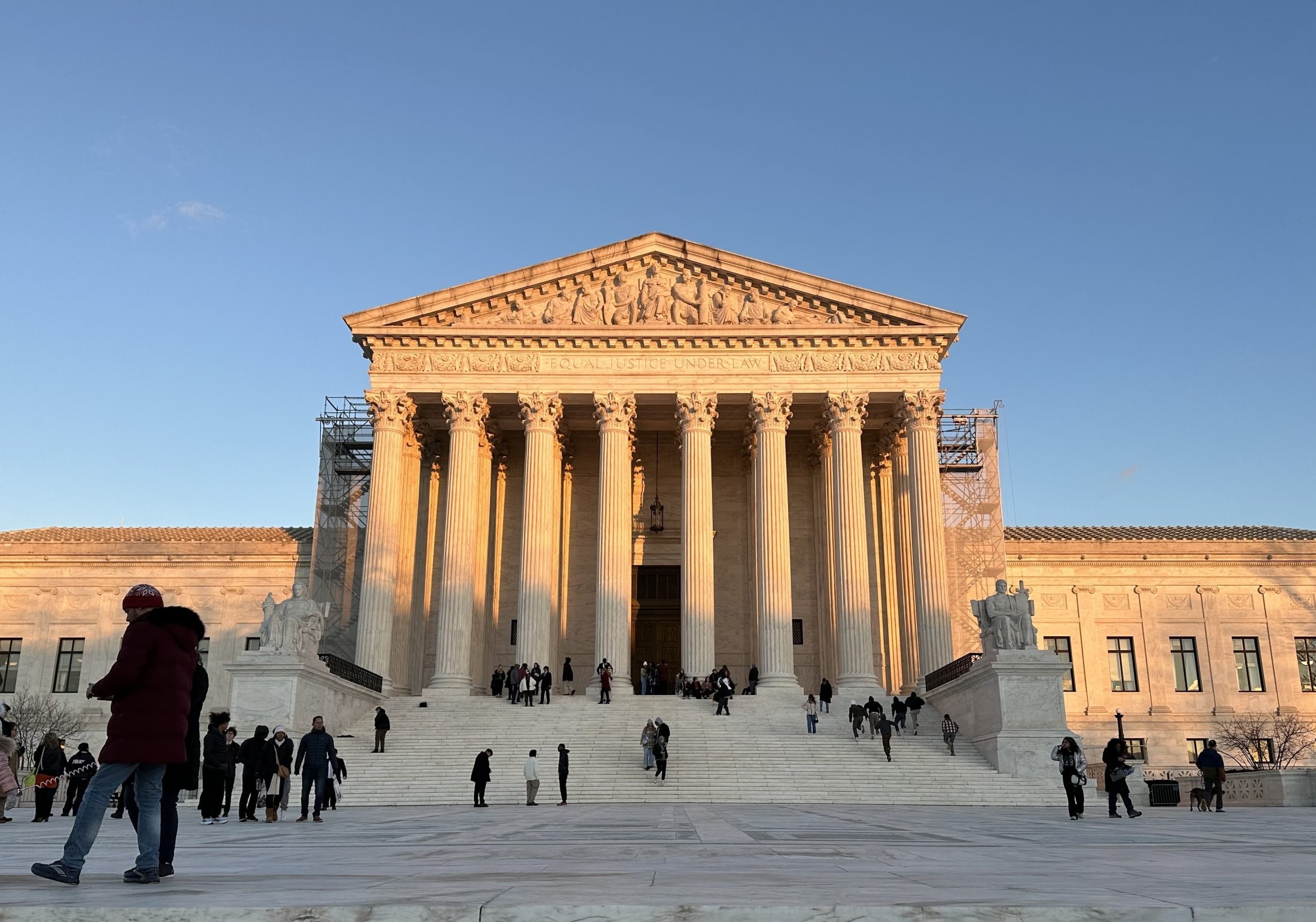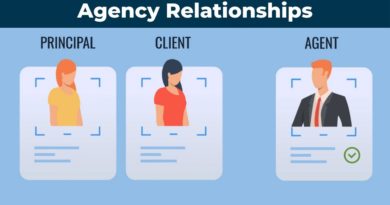Section 216 Insolvency Act of 1986 – Prohibited Names
Our commercial litigation team is a specialist in handling a wide range of litigation, including disputes involving insolvency, shareholders or companies. We are specialists in helping companies to avoid compulsory liquidation, and to continue trading. We can help you avoid the negative impact of section 216. This is by far the best way to avoid any issues arising.
Company directors (and shareholders) enjoy the benefits of limited liability. The debts of the company are not their debts.
Sometimes a director will trade a company into insolvency, leave creditors without a viable route to recover debts, put or allow that company to enter into a formal insolvency procedure and then incorporate a new company with an incredibly similar name using the trading name and business of the old company. Commonly known as pheonixing – the insolvent business appears to have risen from the ashes leaving its creditors behind.
In this way a director shareholder looks to have all of the benefits of the existing business (trading name, reputation, brand awareness, goodwill, etc) without its liabilities.
What does Section 216 do?
If a company has entered a formal insolvency procedure resulting in its winding up and liquidation then its directors and or shadow director (an informal director accustomed to having control over the company and or day to day conduct of the company’s affairs) are prohibited for a period of 5 years from using the company’s name or a name so similar as to suggest an association with that company. These are known as prohibited names.
Penalties?
The prohibition on these names arises automatically and anyone acting in contravention is liable to be fined or imprisoned or both.
From a commercial perspective, the contravening businessman can be held personally liable for the debts of the new company (but not those of the old company) under section 217 Insolvency Act 1986.
The court applies a broad approach to assessing whether a name is prohibited considering the words themselves and the context in which a name is used.
Exemptions?
Firstly, if a new company existed and was known for at least 12 months before the liquidation of the old company and was not dormant in that period the restriction does not apply.
Secondly, the court can grant permission to a relevant person on an application made within 7 days of a liquidation, if it can be persuaded that the public will be adequately protected and that there is a genuine need to reuse the prohibited name, that outweighs any residual risk to creditors of the old company.
The court will closely examine the conduct of the directors and or shadow directors leading to the insolvency of the old company, that the business was not acquired at an undervalue and that creditor’s will not be misled into thinking that they will be dealing with the same corporate identity.
Thirdly, the relevant person can reach an arrangement with the insolvency practitioner to buy the whole or substantial the whole of the insolvent company, and proper notice is given to creditors the prohibition can be lifted.
Need Advice? Contact Helix Law.
If you are in danger of liquidation, or your company has already been liquidated and need advice about your options to re-use the company name, our commercial litigation team can help.
We are specialists in helping companies to avoid compulsory liquidation, and continue trading. This is the best method to avoid the impact of section 216 on your company. Contact Helix Law now.






